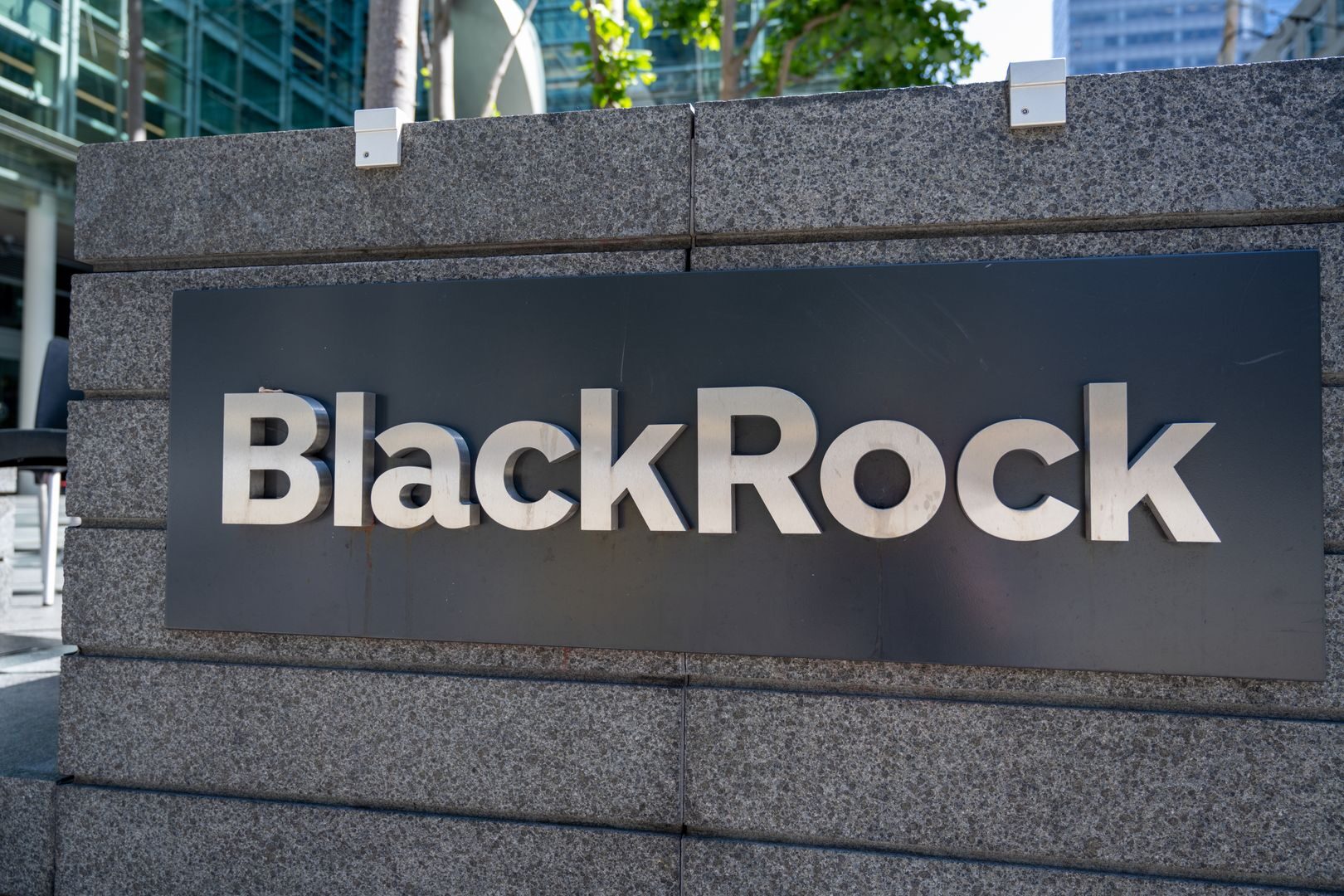-
Back to menu
Prices
-
Back to menu
-
Back to menu
Indices -
Back to menu
Research
-
Back to menu
Events -
Back to menu
Sponsored
-
Back to menu
Videos -
Back to menu
-
Back to menu
-
Back to menu
Webinars
Select Language
By Siamak Masnavi, AI Boost|Edited by Aoyon Ashraf
Updated Aug 16, 2025, 3:35 p.m. Published Aug 16, 2025, 3:00 p.m.

- Rieder said record cash on the sidelines, share buybacks and earnings strength make equities attractive despite lofty valuations.
- He cited fixed-income yields of 6.5%–7% and historically low volatility as key support for investors.
- He expects the Fed to cut rates in September, arguing high policy costs outweigh limited inflation benefits.
Rick Rieder, BlackRock’s chief investment officer of global fixed income, said earlier this week the current backdrop represents the “best investment environment ever,” citing unusually favorable dynamics in both equity and bond markets.
Speaking on CNBC, Rieder described “extraordinary” technical conditions in equities, with trillions of dollars still parked in money market funds and robust corporate buybacks shrinking available supply. While valuations for the market’s largest technology names remain elevated, he noted that earnings growth outside Tesla helped justify the multiples. “MAG-7 year-on-year growth is like 54%,” he said, adding that the pace makes the sector difficult to ignore.
STORY CONTINUES BELOW
On the bond side, Rieder highlighted the appeal of income.
Investors can still build portfolios yielding between 6.5% and 7%, a level he described as highly attractive in a world where inflation has drifted below 3% on a core basis. He argued that while the Federal Reserve has room to cut rates — potentially starting as soon as September — current yields already offer investors solid returns.
Rieder also emphasized today’s unusually subdued volatility. He described trading equity volatility, or “vol,” at levels near 9.5 to 10, which he called “crazy low.” Low volatility, he said, makes hedging against downside risk relatively cheap, giving investors what he called an “escape hatch” if conditions sour. “You don’t actually have to take the downside risk,” Rieder said.
Still, Rieder cautioned that complacency is his biggest concern. With insurance in markets so inexpensive, he sees signs investors may be underestimating risks, particularly in credit spreads and other corners of fixed income.
On monetary policy, Rieder argued the Fed’s rate hikes have done little to suppress inflation, given that large corporations rely less on borrowing to finance investment.
The real drag, he said, has been on housing activity and lower-income households that depend more heavily on credit. Keeping rates too high, he warned, risks imposing excessive costs on the government and households without meaningful disinflation gains.
He believes the central bank could lower the funds rate by as much as 100 basis points over the coming year, a move he sees as unlikely to rekindle inflation given low structural volatility and rising productivity from advances in data, hyperscale computing and even space-related technologies.
“There’s something spectacular happening around productivity,” he said, calling it a once-in-a-generation dynamic.
For crypto investors, Rieder’s comments reinforce a broader narrative: an environment with falling rates, ample liquidity, and low volatility could support renewed appetite for risk assets beyond equities. If his call proves correct, the same technical tailwinds driving stocks higher could spill into digital assets that thrive on excess cash and investor risk-taking.
Disclaimer: Parts of this article were generated with the assistance from AI tools and reviewed by our editorial team to ensure accuracy and adherence to our standards. For more information, see CoinDesk’s full AI Policy.
Siamak Masnavi is a researcher specializing in blockchain technology, cryptocurrency regulations, and macroeconomic trends shaping the crypto market. He holds a PhD in computer science from the University of London and began his career in software development, including four years in the banking industry in the City of London and Zurich. In April 2018, Siamak transitioned to writing about cryptocurrency news, focusing on journalism until January 2025, when he shifted exclusively to research on the aforementioned topics.
“AI Boost” indicates a generative text tool, typically an AI chatbot, contributed to the article. In each and every case, the article was edited, fact-checked and published by a human. Read more about CoinDesk’s AI Policy.
More For You
By James Van Straten|Edited by Aoyon Ashraf, Sheldon Reback
2 hours ago

Bitcoin Standard Treasury Co.’s SPAC deal combines fiat financing and a bitcoin-denominated PIPE, aiming to debut on the Nasdaq with over 30,000 BTC and an aggressive growth plan.
What to know:
- Founders are contributing 25,000 BTC, plus 5,021 BTC from early investors, with up to $1.5 billion in new capital.
- The company plans for active treasury management and rapid expansion beyond 50,000 BTC to challenge MARA Holdings’ hoard.















